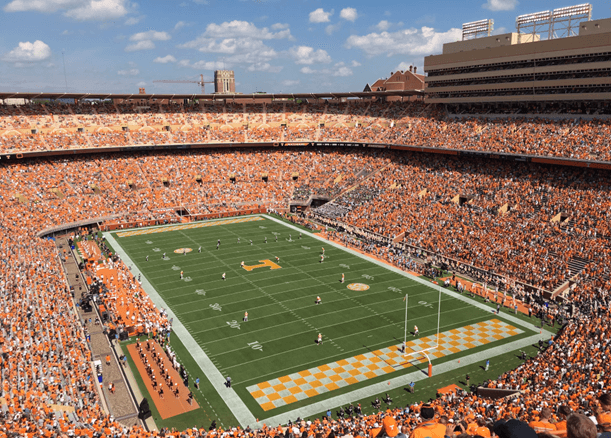College Football vs NFL: Analyzing Player Skill Level
The debate between the skill levels in college football and the National Football League (NFL) continues to intrigue fans and analysts alike, especially with the NFL Draft approaching. This comparison does not just stir up regional loyalties but also touches on the fundamental aspects of athleticism, strategy, and maturity. By examining key differences in player development, competition level, and the transition from college to professional football, we can gain a deeper understanding of the distinctions in player skill across these two levels.

Player Development and Recruitment
College football serves as a crucial developmental stage for athletes aspiring to enter the NFL. Coaches at the collegiate level scout extensively, searching for high school prospects who show the potential to succeed at a higher level. These young athletes receive scholarships and undergo rigorous training programs focusing on enhancing their physical abilities and understanding of the game.
In contrast, NFL teams select players through a highly competitive draft process, which evaluates not only an athlete's performance in college but also their physical and psychological readiness to compete at the highest level. The drafting teams invest significantly in these players, expecting them to contribute immediately to the team’s success.
Level of Competition
The disparity in the level of competition between college football and the NFL is stark. College teams often play against varied competition, ranging from weaker conferences to powerhouse teams. This inconsistency can sometimes inflate a player's perceived skill level.
On the other hand, the NFL features a more uniform level of competition. Every player, regardless of their role or the team they play for, has proven themselves capable of performing at an elite level. This parity means that the difference in skill between the best and the worst players is much narrower than in college, making the professional league far more competitive.
Additionally, the NFL standings provide a clear and updated reflection of team performances and player effectiveness across the league, highlighting the intense competitiveness and skill level required to succeed.
Tactical Complexity
Tactically, college football allows coaches to experiment with diverse playbooks. Since the players often face opponents of differing skill levels, coaches can afford to implement complex strategies that might not work in the NFL. This variability helps players develop a broad understanding of different play styles and strategies.
Conversely, the NFL demands a higher level of precision and adherence to play execution, with less margin for error. The defensive and offensive schemes are intricate, requiring players to perform consistently under high pressure and against equally skilled opponents. The complexity of these schemes in the NFL means that players must have a quick cognitive response and excellent decision-making capabilities.
Physical and Mental Maturity
Players in college are typically younger, ranging in age from 18 to about 23. This period is crucial for physical growth and mental development. College players often experience significant physical transformations throughout their collegiate careers, guided by top-tier athletic training staff.
NFL players, meanwhile, are expected to have reached their physical peak. The professional level tests their ability to maintain peak physical condition and mental sharpness. The game’s mental aspect becomes even more critical, as players must quickly analyze and react to their opponents’ strategies during the game.
Transition from College to NFL
The transition from college football to the NFL is a significant leap for any player. Many college standouts struggle to adjust to the speed and complexity of the NFL. Success in college does not always translate to success in the professional league, as demonstrated by numerous high draft picks who fail to meet expectations.
This adjustment period can be attributed to the higher physical demands and the necessity for immediate impact in the NFL, contrasting with the developmental focus in college football. The ability to learn and adapt quickly is essential for rookies entering the league.
Conclusion
In comparing the player skill levels in college football and the NFL, it's clear that while both platforms showcase immense talent, the NFL demands a higher standard in terms of tactical knowledge, physicality, and mental toughness. College football provides a foundation, but the NFL refines and tests these skills under more rigorous and competitive conditions.
College Football vs NFL: Analyzing Player Skill Level to SEC Sports Fan Blog





New! Facebook Comments
Leave a comment about this article in the box below and share it with your Facebook friends.